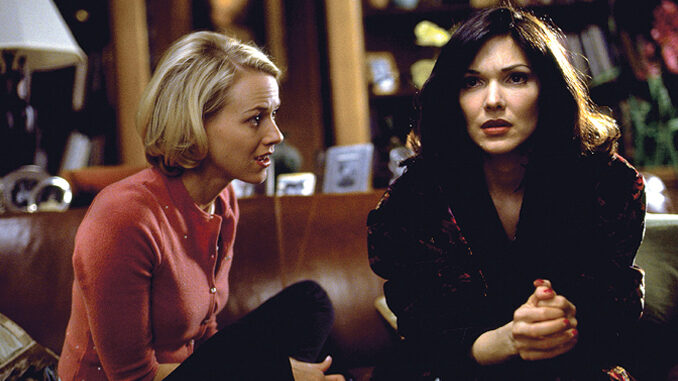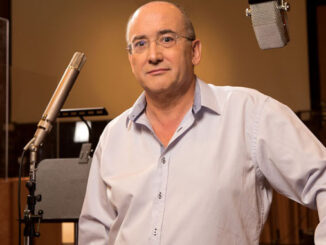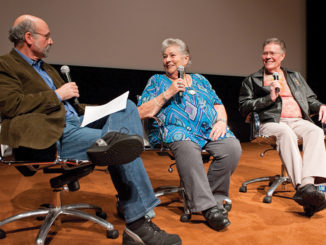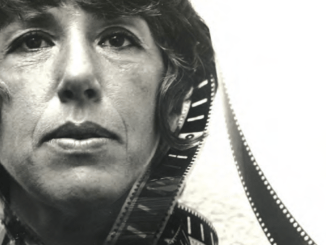
by Amy Colla
As a child growing up in Minneapolis, I thought it’d be crazy to live in an arid, season-less place where earthquakes could strike at any moment, but at some point I realized that moving to California would be inevitable. I was a film major at Emerson College in Boston and, during my final semester, I took advantage of the school’s LA program to make the move to Los Angeles.
I didn’t like it here at first, but my apprehensions took a back seat to my ambitions. LA was full of interesting people doing creative work and I wanted to be part of it. We were housed in the Oakwood apartments in Burbank, and I remember being enthralled by the relentless sunlight, impossible traffic and the coyotes that watched me park my car. I’d look for excuses to take Mulholland Drive up into the hills, where I could look out over the sprawl of the city.
When I saw ‘Mulholland Drive,’ it was like I’d encountered the idea of film as a hallucinatory alternate reality, deconstructed.
What interested me most about filmmaking were the possibilities afforded in combining images, performance, story, sound and music — the alchemy that allows a film to become more than a sum of its parts. I wanted to be an editor. As part of my coursework during those first months in LA, I watched David Lynch’s Mulholland Drive. I was transfixed by the surreal Hollywood dreamscape that he created with the combination of image and sound.
The film opens with a moving collage of couples dancing the jitterbug. Ethereal, overexposed faces fade in and out over the images of the dancing as the sound and music distort. This resolves to a POV shot moving across bedsheets and down onto a pillow. Going to the movies can be a dream-like experience; in the dark you’re captive, motionless and witness to events that have no effect on your corporeal self. When I saw Mulholland Drive, it was like I’d encountered the idea of film as a hallucinatory alternate reality, deconstructed.
At first, the film seems to be a conventional mystery. We meet Rita, who narrowly escapes a murder attempt, thanks to a horrific car crash on the film’s namesake street. Dazed and suffering amnesia, she stumbles down to the city, where her story intertwines with that of Betty, an aspiring actress who has just arrived from Canada. A subplot unfolds about the mob interfering with a director’s casting choices. There’s even an absurdist noir scene in which a hitman botches a job and ends up also killing his target’s secretary and janitor.
The film invites you to join in solving the mystery of Rita’s identity, but the clues only make the identities of both women increasingly murky. Rita takes Betty to “Club Silencio,” where music plays independently of its human performers. Rebekah Del Rio stunningly performs Roy Orbison’s “Crying” in Spanish. Then the singing continues as she collapses on the floor. “It’s all recorded,” the club MC says. “It is an illusion.” This is the breaking of the spell, the key to the film. It suddenly dawns that the first two thirds have been a dream. An alternate reality emerges. Characters’ identities are blurred and circumstances are quite different — a shaken-up assemblage of the elements that made up the first part of the movie.

The plot of Mulholland Drive is difficult to decipher. Yet Lynch was able to create a compelling, meaningful film that resonates through the aggressively illusive narrative. People respond to the film’s emotional logic, the experience of it, even if they can’t describe what exactly is happening. Lynch received an Oscar nomination for Best Director for his efforts. Mulholland Drive shows what can be communicated cinematically beyond straightforward storytelling.
As someone who had just arrived in LA with the intention of starting a career in film, it was unavoidable that I’d both relate to and be repelled by the naïve Betty. My actual experience interning in the industry was nothing like the paranoid caricature of Hollywood in the film.
The thwarting of Betty’s creative ambitions by a mixture of fate and the distraction of love was salient and entertaining; her life in LA did not go as she’d dreamed. In fact, it went so badly that she hired someone to murder the woman with whom she was in love. I found it strangely cathartic to see an unthinkably terrible outcome to the particular life choice that both Betty and I had made.
I’ve been in Los Angeles almost 12 years now and no longer experience it as fascinatingly foreign. During my time here, I’ve developed an affinity for films that pick up on some essence of the city and follow it to its creative end. Exploration of the character and identity of LA adds a depth that makes it a more interesting place to live.
Both as an inspirational example of filmmaking and as a dark imagining of an LA experience, Mulholland Drive remains especially mesmerizing to me as a dream about a dream.





